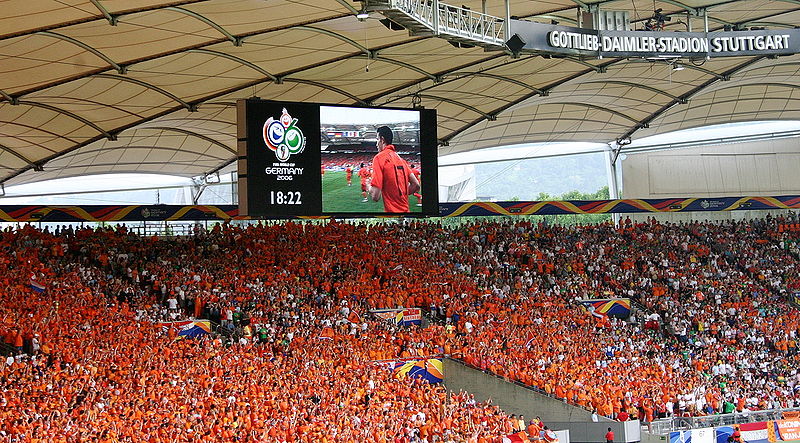|
HOME
Number Number Language Factors, Multiples, Primes Directed Numbers Accuracy Rounding Whole Numbers Decimal Places Significant Figures Upper and Lower Bound Calculations Ordering Numbers Order of Operations Fractions and Decimals Introducing language Equivalent and Simplifying Fractions Fraction of Amount Improper Fractions and Mixed Numbers Fractions and Decimals Adding and Subtracting Fractions Multiplying and Dividing Fractions Percentages Percentages, Fractions, Decimals Percentage of Quantity A Quantity as a Percentage of another Percentage Increase and Decrease Reverse Percentages Ratio and Proportion Dividing a Quantity in a Ratio Direct and Inverse Proportion Indices, Standard Form Indices Fractional and Negative Indices Exponential Equations Standard Form Interest Simple Interest Compound Interest Venn Diagrams Algebra and Graphs Geometry Mensuration Coordinate Geometry Trigonometry Vectors/Matrices/ Transformations Probability Statistics TRENDING TOPICS How to add an subtract Fractions How to calculate Compound Interest What are fractional Indices How to find the Equation of a Line What are the Sine and Cosine Rule How to calculate the Magnitude of a Vector How to multiply a Matrix by a Matrix How to find the Centre of Enlargement How to calculate the Probability of Combined Events How to calculate the Mean, Mode and Median What is Cumulative Frequency
|
How to calculate Percentage Increase and Decrease
In the previous sections you have learned the relationship between Fractions, Decimals and Percentages, calculated the Percentage of an Amount and finally compared Quantities as a Percentage with each other. Now it is time to look at questions involving Percentage Increase and Decrease. To pass your IGCSE GCSE maths exam you need to understand how to calculate Percentage Increase and Decrease. The following maths videos will explain how to solve this type of Percentage question.
Pass your next IGCSE GCSE Maths exam: Free Worksheet about PercentagesAnswer the questions on the following worksheet during your maths revision. You will find example maths questions about all the types of percentage questions which you can also expect on your IGCSE GCSE maths exam. If you want to pass your next maths exam, try to answer all the questions about percentages yourself first before looking at the answer key (the answer key you will find at the end of the document). Let me know on the forum of this website if you don't understand percentages. I will help you with your maths and make some more maths videos for you. You can also download the FREE worksheet below this embedded document. Good luck and have fun!
Your browser does not support viewing this document. Click here to download the document.
Congratulations! You understand a lot about Percentages already! So far we have look at the relationship between percentages, fractions and decimals. I have explained how to calculate the percentage of an amount and how to express two quantities as a percentage. You also understand now how to calculate percentage increase and percentage decrease. There is only one type of percentage questions left which you need to understand if you want to pass your IGCSE GCSE Maths exam. So follow the link where I will explain all you need to know about Reverse Percentages. See you there!!
| ||||||||



